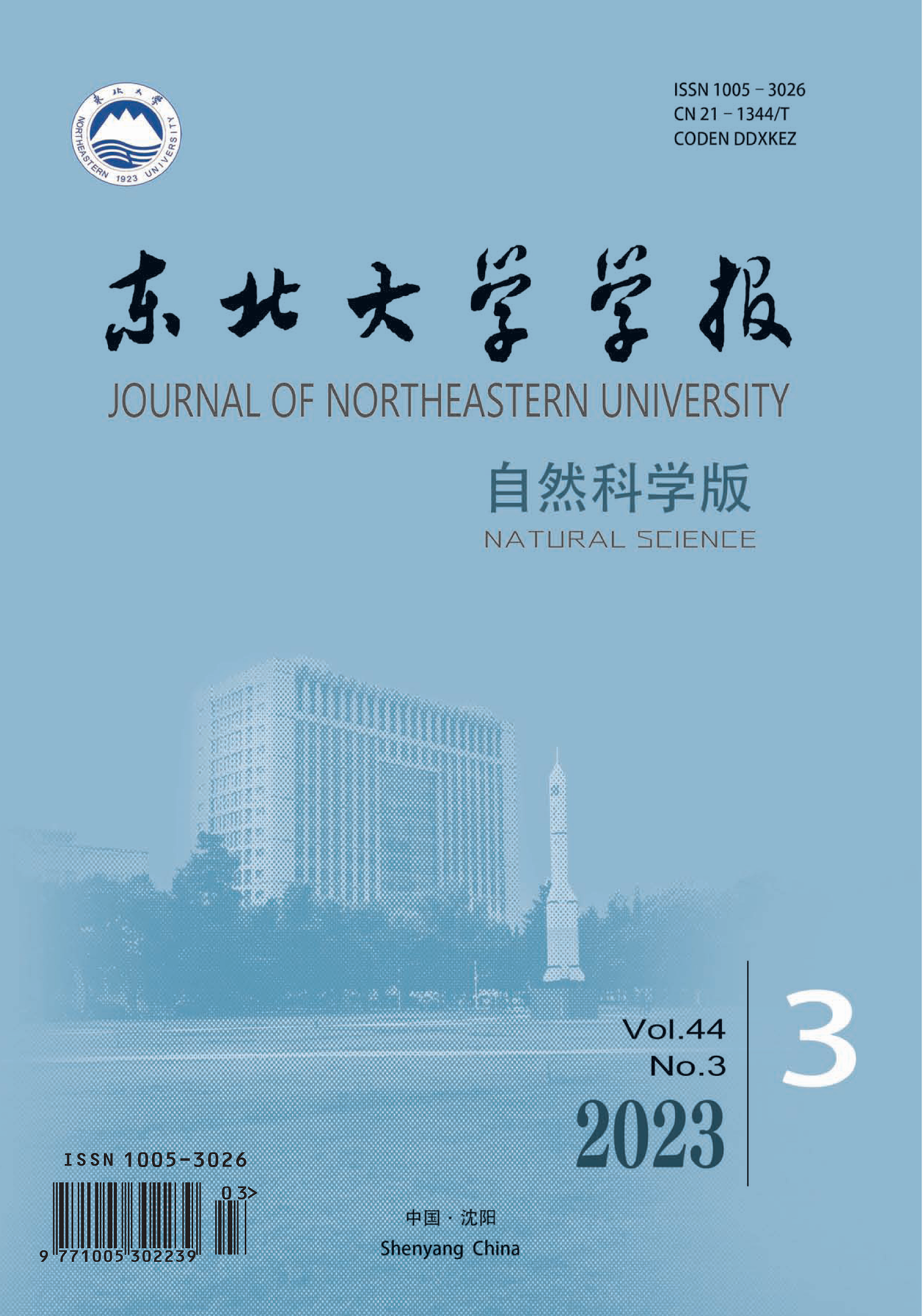|
|
Performance-based seismic level division and index choosing for RC column strengthened with FRP
Sheng, Guo-Hua (1); Zhu, Fu-Sheng (1); Xu, Ming-Lei (1)
2012, 33 (2):
284-287+304.
DOI: -
The performance-based seismic design (PBSD) theory was introduced into the performance analysis of RC frame column strengthened with FRP. The anti-seismic performance was divided into 5 levels in terms of applicability, repairability and security, i.e., fully operational level, temporarily operational level, repairable level, life safety level and collapse prevention level. The drift limits of the columns were statistically analyzed, and the relationship was discussed between the drift and longitudinal reinforcement ratio ρs, confining reinforcement characteristic values λv, shear span-to-depth ratio λ, axial compression ratio n, as well as FRP characteristic values λf, with the conclusion obtained that n and λf significantly affect the drift. Using the drift as performance index and introducing n and λf into the quantization of the drift, the drift limit of PBSD was presented.
References |
Related Articles |
Metrics
|

